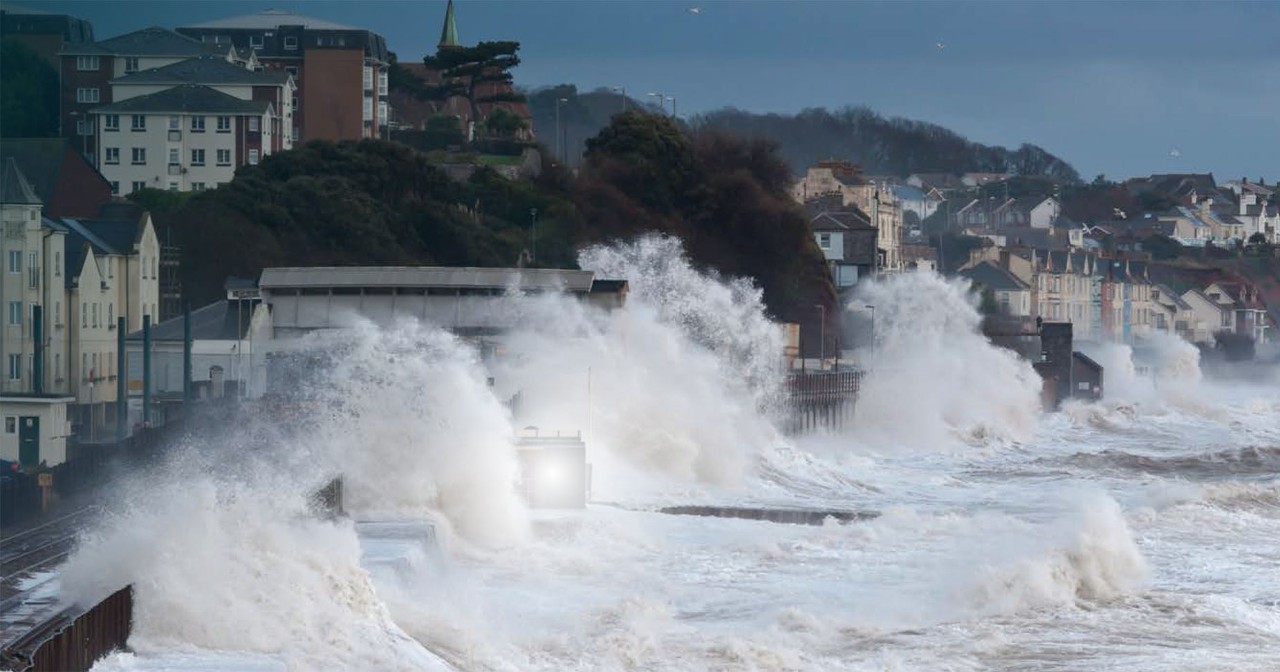The economy performed very well in 2018.
GDP growth, expected to be 2.9% for the year, tied 2015 for the strongest of the nine year recovery. Recent growth was particularly impressive in Q2 at 4.2% q/q annualized and 3.5% in Q3. The all-important consumer sector flexed its muscles at 3.8% and 3.6% in Q2 and Q3. Manufacturing was strong. Wages grew at the fastest in nine years. Job creation was vigorous. Inflation and interest rates remained low, and corporate profits set records. It was as good as it’s going to get.
In other words, it’s not going to get any better. While we expect the economy to remain vibrant for the next few quarters, it is starting to show signs of frailty which give us concern towards the end of 2019 and into the beginning of 2020. GDP will likely grow over 2% for all of 2019, but the going could get rough, primarily because fiscal stimulus will be drying up, and the Federal Reserve has been tightening monetary policy. When the Fed tightens, it is trying to fend off inflation and keep the economy from growing too fast, and it always works.
For now the outlook is positive.
Current conditions have laid a smooth path for growth into the beginning of the year. Perhaps most importantly, the consumer appears to be in a strong position to fuel the economy. Growth in real disposable income is currently running at 2.8% y/y vs the recovery average of 2.4%, providing the ability to spend. Wage growth recently reached 3.1% y/y, the highest in nine years. Consumers have a low debt burden, and confidence is hovering near an 18 year high, providing the willingness to spend. The combination of growing income, low debt, and high confidence strongly suggest that solid spending will continue through most of 2019.
Business confidence as measured by the National Federation of Independent Business (NFIB) Small Business Optimism Index remains near record highs, as does the net percentage of respondents in the survey saying now is a good time to expand business. The manufacturing sector still has plenty of momentum to carry it into the New Year. The ISM manufacturing index recently reached a 14 year high. New orders for durable goods are growing at 6.8% y/y, twice the long-term average of 3.4%. On the services side, the ISM non-manufacturing index is hovering near a 13 year high.























